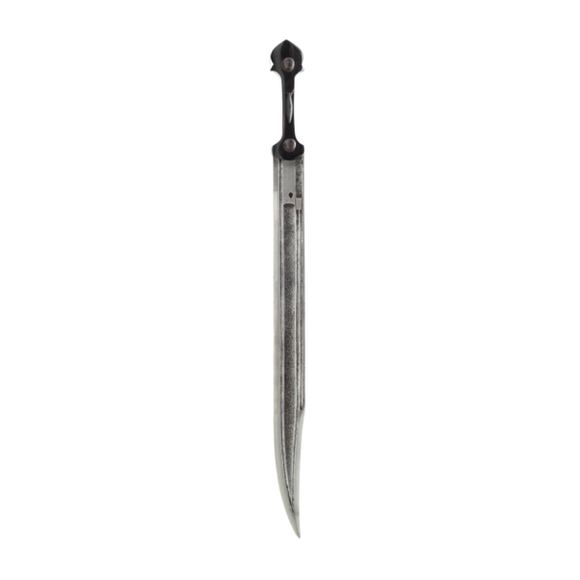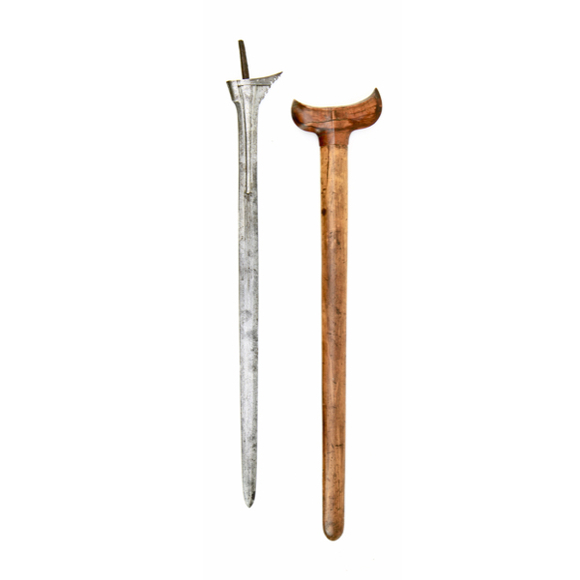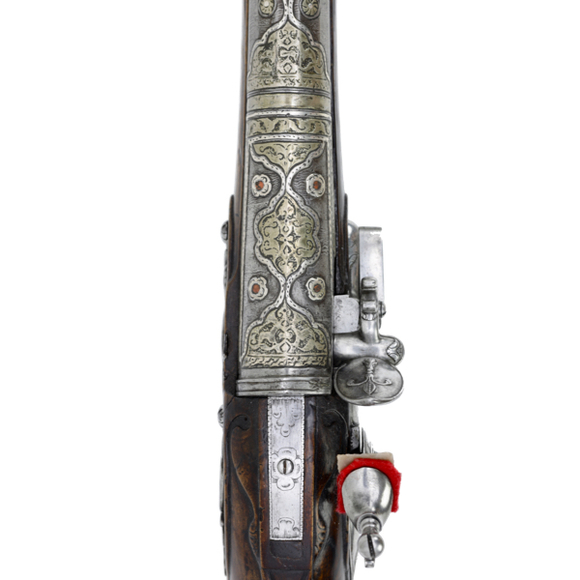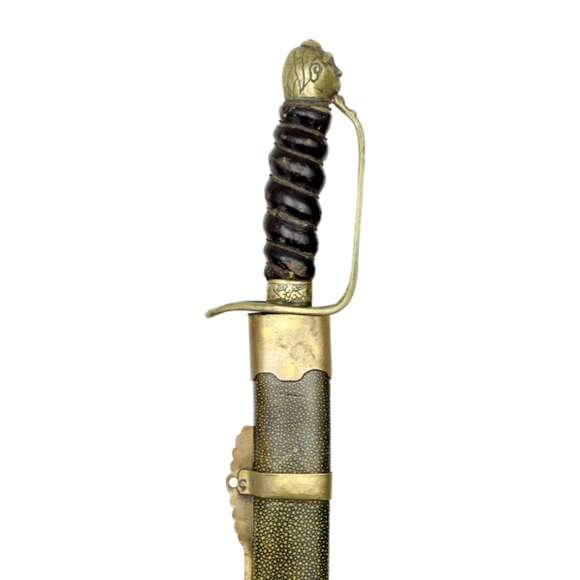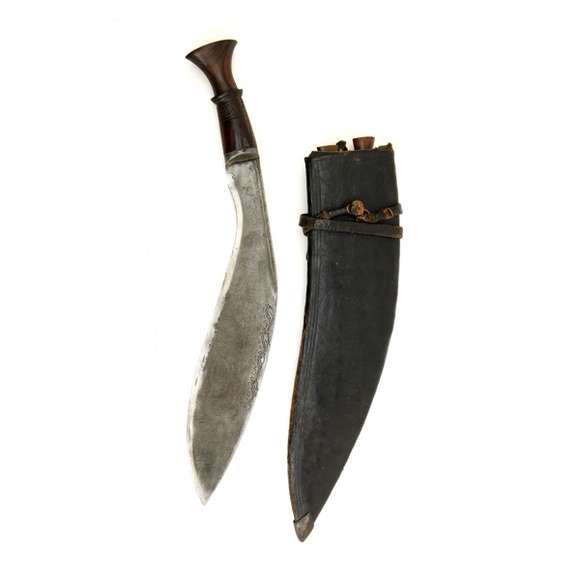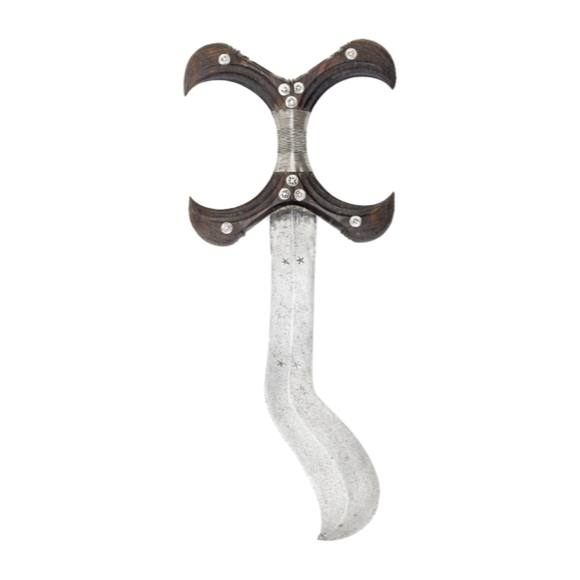With a rare single-edged blade with tight fullering.

38.5 cm
25.7 cm
Base 7 mm
Middle 6.5 mm
5 cm from tip 5 mm
Base 25 mm
Middle 20.5 mm
5 cm from tip 9 mm
371 grams
At blade / hilt junction
Steel, iron, wood, copper
Western Europe
Probably German or Swiss
16th century
Introduction
By the early 16th century, the use of a dagger in a swordsman's left hand became popular in Western Europe. It was used for both parryings as close-range attacks.

Illustration from Italian fencing master's Giacomo de Grassi's
Ragione di adoprar sicuramente l'Arme ("Discourse on Wielding Arms with Safety")
Italy, 1570.
At some point, thumb rings were added to the guard, and later a sail-like shield and large quillons. This latter type was mainly popular in Spain and also known as "main gauche", which were mainly popular in Spain and Italy.
This example
The substantial blade has a strong ricasso with six grooves, interlocking at the start of the edge with four grooves on the blade that run all the way to the point. Each groove has a series of piercings.
The iron guard with two forward swept quillons, slightly offset from the blade angle for better protection. Their ends termine in curls. The wooden hilt is wrapped with twisted copper wire. The heavy mushroom shaped pommel has a fluted top.
Nice 16th-century example with attention to detail in its execution, in original condition with losses or repairs.






These handsome daggers were worn by the nomadic Hadendoa people, their name has been interpreted as meaning…

